Many men are interested in knowing how to effectively and quickly treat prostatitis at home.
It's no secret that representatives of the stronger sex avoid communicating with doctors, so the treatment of prostatitis with folk remedies is still a relevant issue.
It turns out that you can solve such a delicate problem yourself, without asking for the help of surgeons and pharmacists.
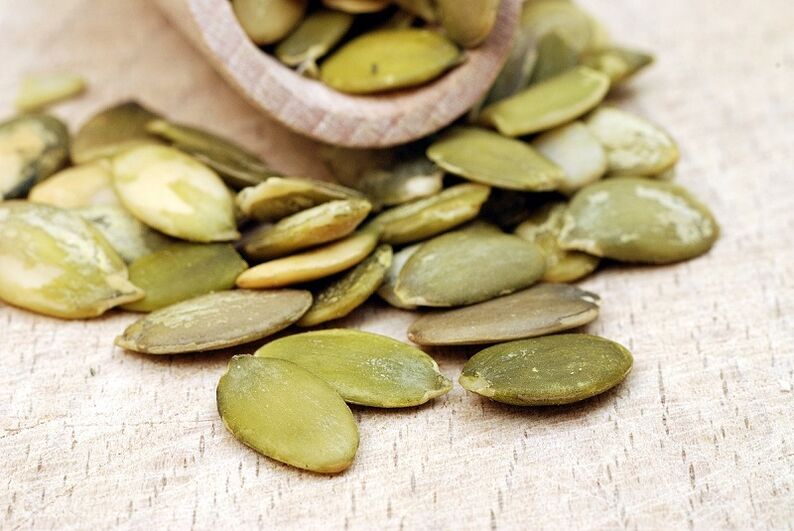
The experience of many people demonstrates that getting rid of bothersome symptoms and curing prostatitis on your own is very real. Of course, first you need an appointment with a urologist, and in the future - a competent approach.
home treatment
Unfortunately, men are often hesitant and postpone visiting a specialist until the end. The disease at this time becomes neglected or chronic.
Needless to say, this frivolity is dangerous to health? Hurry up for an appointment if you're worried about early signs of prostatitis:
- a feeling of discomfort in the groin area;
- pain, difficulty urinating;
- weakened erection, decreased potency, premature ejaculation;
- rapid fatigability, increased nervousness.
BETTER most effective ways
healing herbs
How to treat prostatitis with plants if the disease is at an early stage or has already gone into remission?
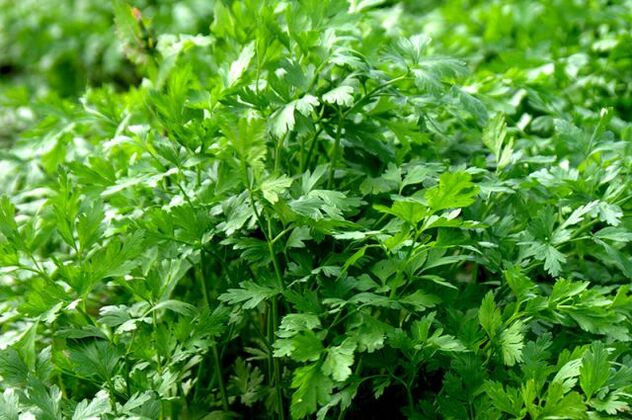
- Parsley.All parts of the plant are used - roots, seeds and leaves. From seeds and roots, you can prepare a simple tincture, just pour 1 tablespoon of raw material with 100 ml of boiling water. The infusion is prepared within 24 hours. The leaves are used to make medicinal juice (it is recommended to drink fresh).
- Mugwort.With inflammation of the prostate in the perineum and genitals, painful sensations often appear. You can ease the pain by eating some dry wormwood and drinking it with water. It is necessary to use the herb every 2-3 hours, food intake does not matter. This "bitter" therapy is effective for the first two days of an exacerbation. Then the patient can prepare a decoction of a mixture of absinthe and thyme (1 part absinthe to 4 parts thyme). One tablespoon of the mixture requires 250 ml of water. The ready-to-eat broth is consumed for a month, 20 ml, three times a day, 30 minutes before meals.
- Celandine.Note that you only need one drop of juice, which must be diluted in a glass of warm water. The starting dose is 10 drops (orally), every day the dose should be increased by 1 drop. The maximum dosage is 40 drops, reaching this amount, the man can continue the treatment for another 14 days without exceeding the dose. Another popular recipe is celandine microclysters: 1 tablespoon of dried leaves should be poured with 2 cups of water and boiled. Then, the solution must be cooled to room temperature and cleaning procedures must be performed.
- Mixture tincture. . . You should take equal parts of the climber, hazelnut leaves, horsetail, chamomile and wormwood flowers and pour in boiling water. It only takes a few hours to prepare the tincture. Tinctures are usually consumed half an hour before meals, three times a day, 1-2 tablespoons.
pumpkin seeds
Vitamins, micro and macro elements will strengthen the male body, prevent the development of disease and contribute to a quick recovery with the development of prostatitis.

This traditional medicine helps stop prostate inflammation, relieves the urinary system of congestion and removes excess urine from the bladder. The seeds prevent the development of the chronic form of the disease.
Ease of use is one of the benefits of pumpkin seeds. Just 30-40 pieces a day will be an excellent prevention of diseases of the male genitourinary system.
Several recipes have been created with which men treat prostatitis:
- pumpkin honey balls. . . You need to take a kilo of pumpkin seed and twist it in a meat grinder, then mix the ground seeds with honey (2 cups needed). The resulting mixture must be left in the refrigerator for 2 hours. The chilled mixture of honey and pumpkin seeds can be made into small balls (about 1. 5 cm in diameter) and left to cool. A delicious folk remedy for prostatitis is candy, with the only difference that the ball must be eaten half an hour before meals. As a general rule, treatment takes place once a year for a month.
- pumpkin powder. . . Pumpkin seeds should be dried and ground to a floury condition using a blender or coffee grinder. Then take the powder 2 times a day with plenty of water. It is recommended to take a course of therapy every six months for one month.
Don't forget: the seeds must be peeled, this will help to preserve the maximum amount of nutrients.
Onion
Home medicine connoisseurs consider onions and their skins to be one of the best folk remedies for prostatitis. You can improve your prostate condition in a number of ways.
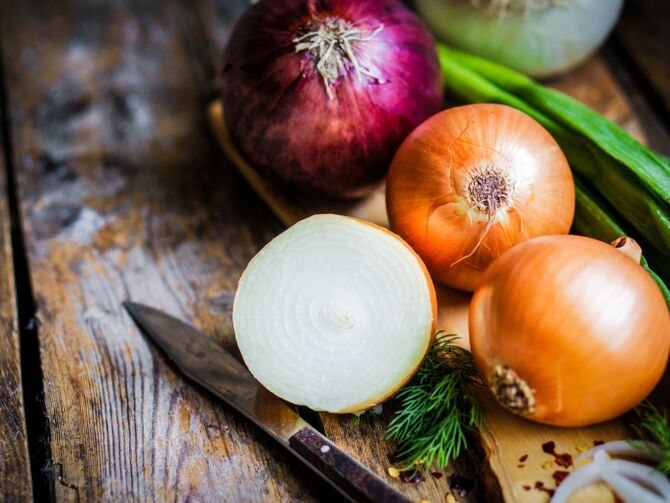
- The male reproductive organs will be grateful if a man eats a small onion head along with feathers every day.
- You can also make a decoction from washed onion skins. The husks should be boiled in boiling water for 5 minutes and then left to brew. Then you need to strain the broth and drink 1 tablespoon three times a day for a month.
- Just three small light bulbs will be a salvation in the development of acute inflammation of the prostate. Just grate the onion on a fine grater and pour in three cups of boiling water, then let it ferment for 24 hours. It is recommended that the onion tincture is taken every hour, 50 ml.
- Don't forget about onion seeds: they are very effective in treating the prostate. Ripe seeds are dried, ground, mixed with honey (1: 1) and refrigerated. The drug mixture is advised to take 1 teaspoon after meals, three times a day.
- At the end of the day, you can drink freshly squeezed onion juice with honey - this is a real "bomb" of active ingredients.
Mommy
This organic product has been used for a long time to get rid of prostatitis. Its advantages are as follows:
- reduction (and in the future - complete disappearance) of inflammation;
- dullness of pain in the pelvic region;
- improving the condition of the genitourinary system.
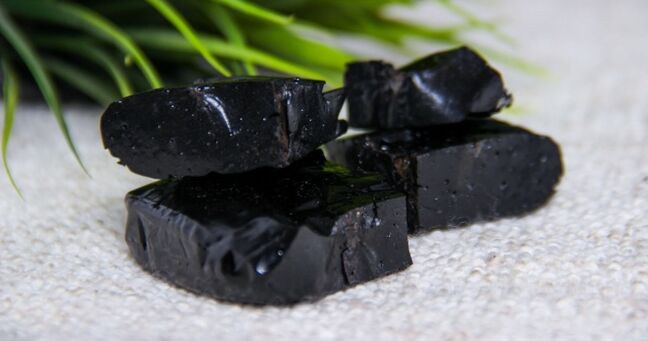
The most famous way to use the mummy is to take 0. 2 g of the product twice a day with juice (eg hawthorn, carrot or blueberry).
After 10 days, the dose is increased to 0. 4 g and, after the next 10 days, the dosage increases to 0. 6 g (the intake lasts another 10 days).
This is followed by a seven-day break and a new one-month course of treatment.
Honey and bee products
It is easy to cure a prostate with honey if the man is not allergic to the fruits of the labor of the bees. You should not expect quick results from honey therapy, but this treatment will certainly benefit the body.
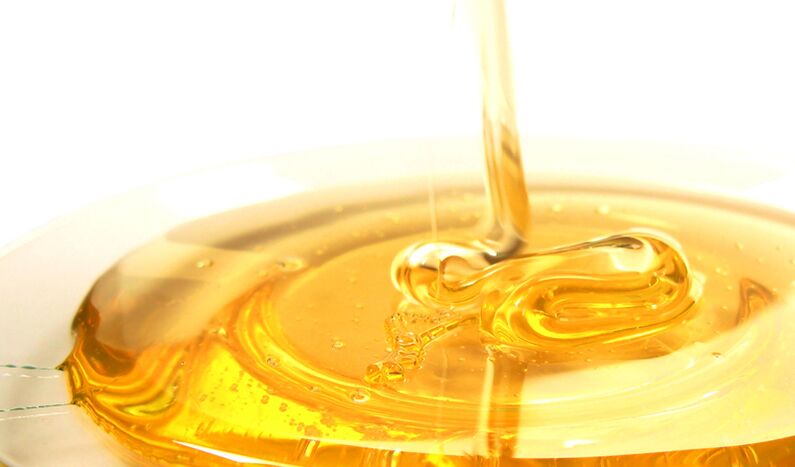
Honey is a unique gift from nature that strengthens and heals the human body. For this reason, honey forms part of many tinctures and decoctions and can be found in almost every popular remedy for treating prostatitis in men.
Propolis tincture is widely known among people, it is also used in the treatment of chronic prostatitis. Preparing a tincture is not difficult: it is necessary to grind 100 g of propolis on a grater and mix it with 200 ml of alcohol (96%).
The mixture is placed in a glass jar for a week, which must be shaken periodically. When the tincture is ready, it is filtered and left in the refrigerator. The product should be consumed in 1 tablespoon approximately 2 hours before bedtime.
Pollen should not be forgotten, as it is a source of many vitamins and minerals that man needs. The use of pollen does not require the invention of special recipes.
Just ingest 1 to 2 teaspoons of the product three times a day, and the tension in the perineum will decrease. Pollen also improves blood circulation in the gland and normalizes sexual activity. Regular use of pollen serves to prevent the disease from recurring.
Even the bodies of dead bees (so-called podmore bees) are used to treat the prostate. Podmore is part of many powders, ointments, tinctures and decoctions. Recipes are available to everyone. An excellent stew against prostatitis is obtained with the caterpillar: 100 g of the product is poured into boiling water and left for a quarter of an hour. Steamed podmor needs to be cooled a little, then squeezed and applied to the painful area as a compress.
Perga, or bee bread, strengthens potency and prevents the development of the inflammatory process. Treatment with Perga lasts 2 to 3 months (the patient takes 1 teaspoon on an empty stomach), so a month break and a repeat course is required.
Home Rectal Remedies
At home, every man can make rectal suppositories, with the help of which it will be possible to cure the prostate. Typically, suppositories are an adjunct to conventional therapy.
They fight inflammation of the prostate, have an analgesic effect and help to restore the affected organ.

How are candles made?
- A small piece of propolis (about 7-8 g) must be frozen for further grinding.
- 20 g of cocoa butter is melted in a bain-marie and mixed with crushed propolis.
- Also, from the resulting mixture, they make compact candles 1, 5 to 2 cm in length, about 10 to 12 of them should work.
- The tool is applied straight before bed for 2-3 months (with a one month break between courses).
There is another recipe for making candles:
- It is necessary to take 100 ml of pumpkin oil and 100 ml of propolis extract, then place the products in a bain-marie until the alcohol evaporates.
- 5 ml of tea tree or fir oil is added to the melted mixture, and then candles are formed, which are also used before bed.
clay therapy
In the treatment of prostatitis with folk remedies, clay is used in the form of applications on the diseased area. Medicinal clay is sold at any pharmacy, usually diluted in water to the consistency of thick cream.
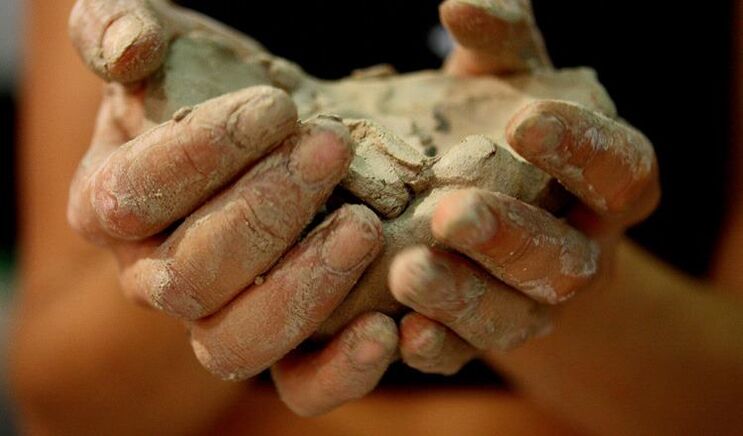
- For the compress, a linen or cotton cloth is needed, on which a clay cake is placed.
- The appliqué should cover the lower abdomen, perineum, base of the scrotum and anus, and a fleece shawl is needed to keep you warm.
- The compress should be kept on the body for about two hours, and it is best to spend this time under the covers.
- After using the clay, wash it off with warm water and dry it well.
Remember that prostate pain can get worse during the procedure, but don't worry. Traditional medicine connoisseurs claim that this is only a side effect of actively restoring damaged cells.
conifer baths
Inflammation of the prostate is associated with the development of a bacterial infection, and warm pine baths have a remarkable antimicrobial effect. They can also:
- eliminate pain and relieve inflammation;
- restore gland secretion;
- improve urine flow.
The conifer concentrate is prepared as follows: 200 g of pine, fir or cedar branches are poured with 2 liters of boiling water and cook for 2-3 hours over low heat. Most of the water evaporates and the broth becomes an extract.
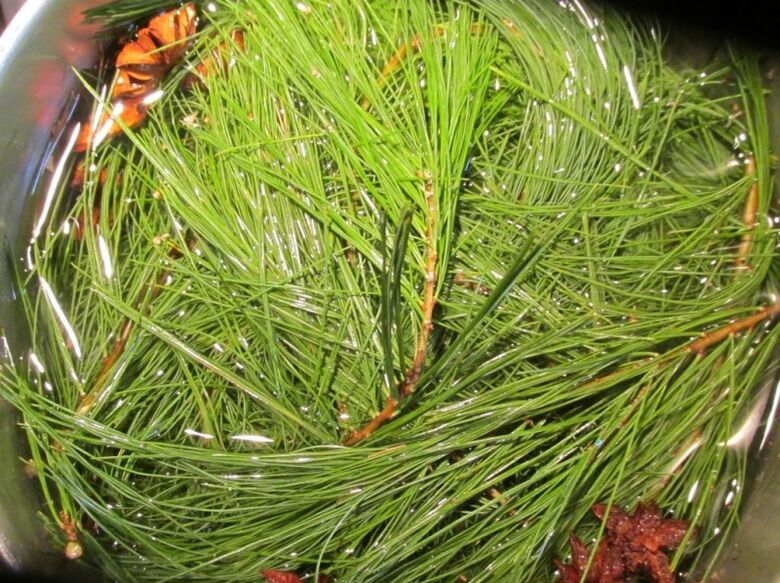
jams and juices
For many ailments, a copious drink is recommended, and with inflammation of the prostate, a large amount of fluid activates blood flow and lymphatic circulation.
An adult male should drink 2, 3 to 3 liters of fluid during the day.
It is preferable to give preference to unsweetened jams, natural juices, still water and tea.

You can find packaged juices in every supermarket, but they are useless and can harm a weakened body. Homemade juices are another matter.
They contain all the vitamins and minerals, neutralize the negative factors that cause the disease to develop, strengthen the immune system.
A man suffering from prostatitis should drink cucumber, beet, carrot or asparagus juice. You can get some culinary creativity and invent your own fresh juice mix.
Pumpkin, pomegranate, tomato and birch juices are considered useful, as are dried fruit jams.
Conclusion
Folk remedies for prostatitis are popular, but pharmacists offer many innovative medications. Making the right decision is a smart, holistic approach.






























